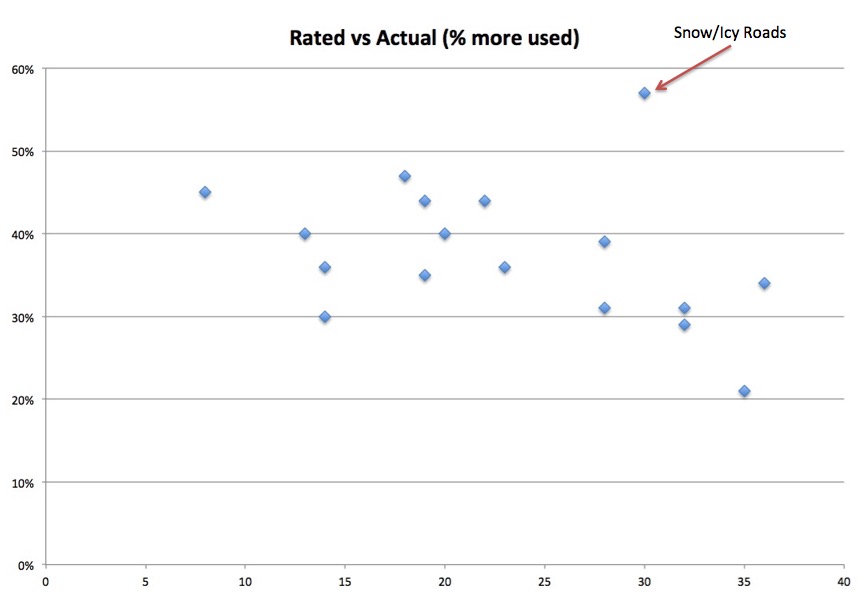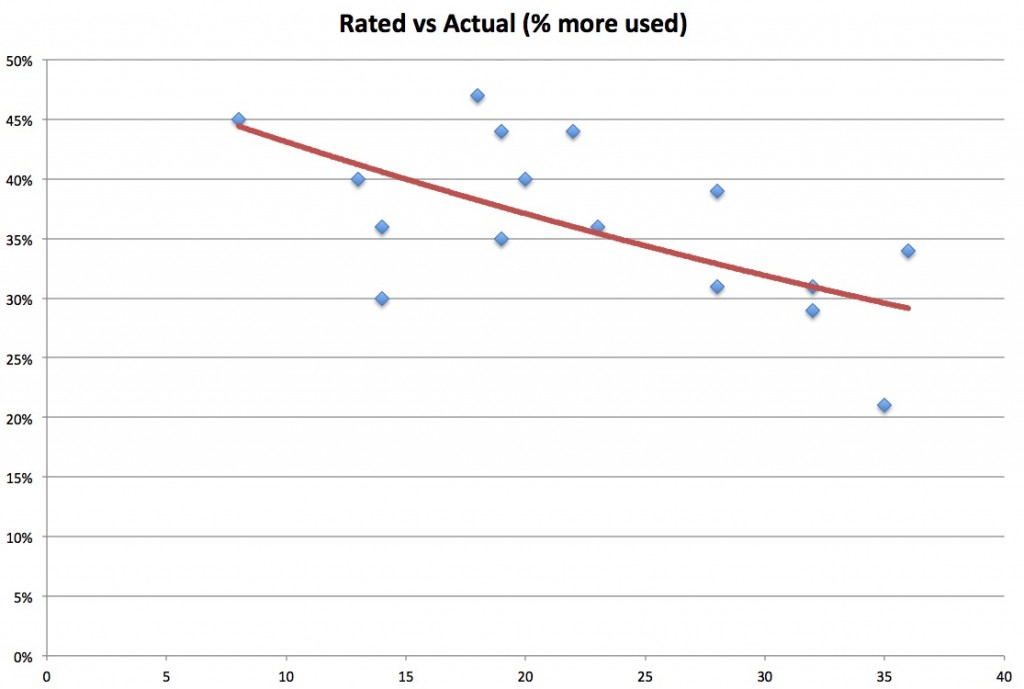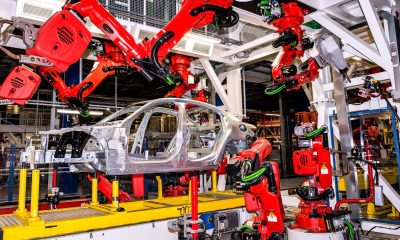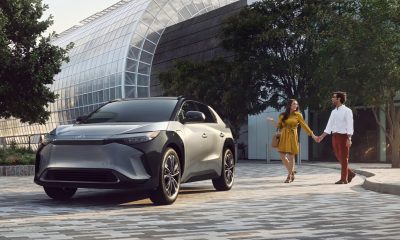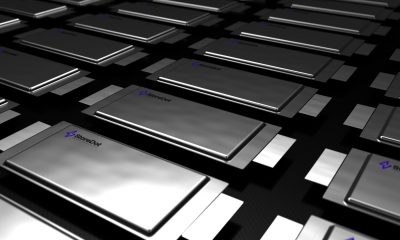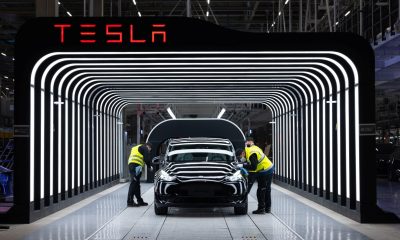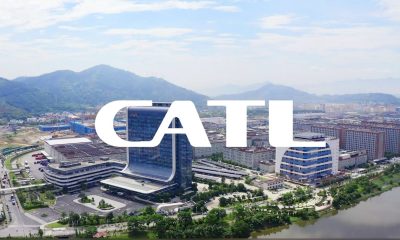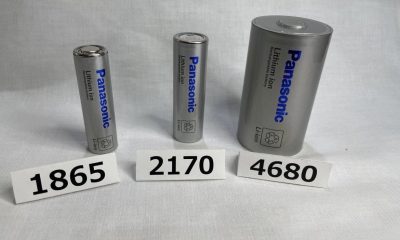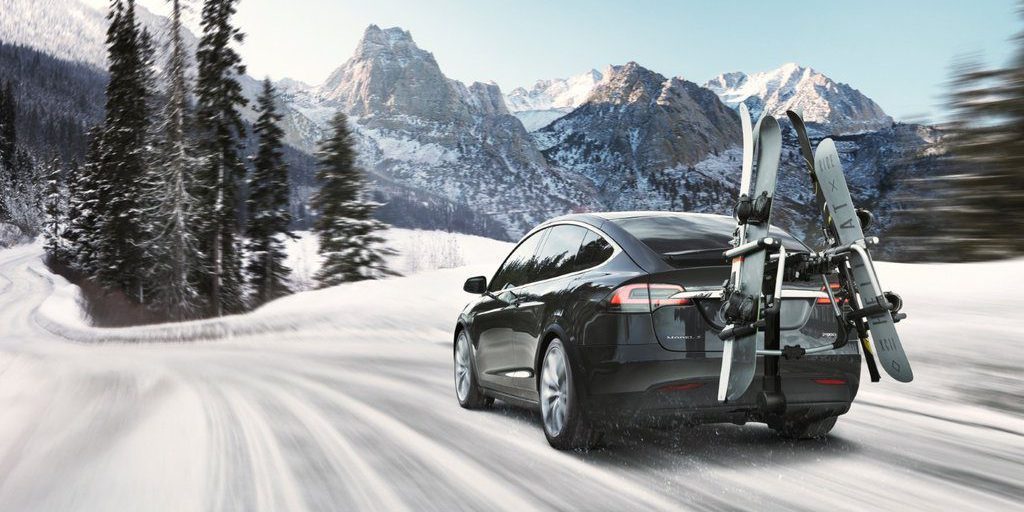
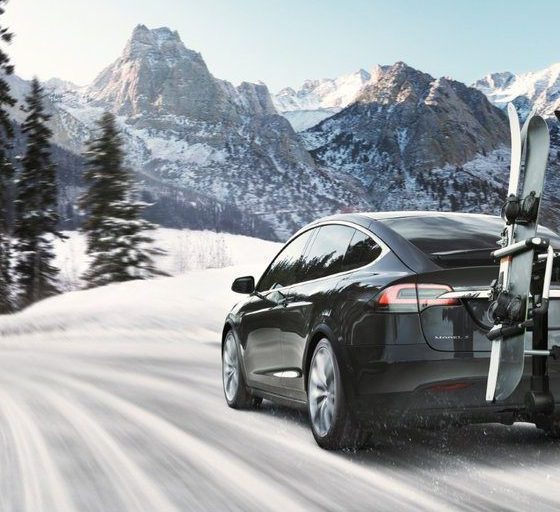
News
Tesla Battery Range in Sub-Zero and Snowy Conditions
Over the month of January I decided to study the impact sub-zero weather conditions had on the battery range of my Tesla Model S and found it to be diminished by roughly 40%. Range will vary depending on one’s driving habits but the effects of winter on a Tesla Model S and its battery range should roughly mirror the data that I was able to collect.
Collecting Battery Range Data
I recorded my Tesla’s rated range at the beginning of the day and once again at the end of the day. I logged the amount of kWhs consumed during my daily journey, the actual miles driven and the average temperature for that day. All of this was plotted into a data grid so that I can analyze the effects winter conditions would have on my battery range. The results were as follows:
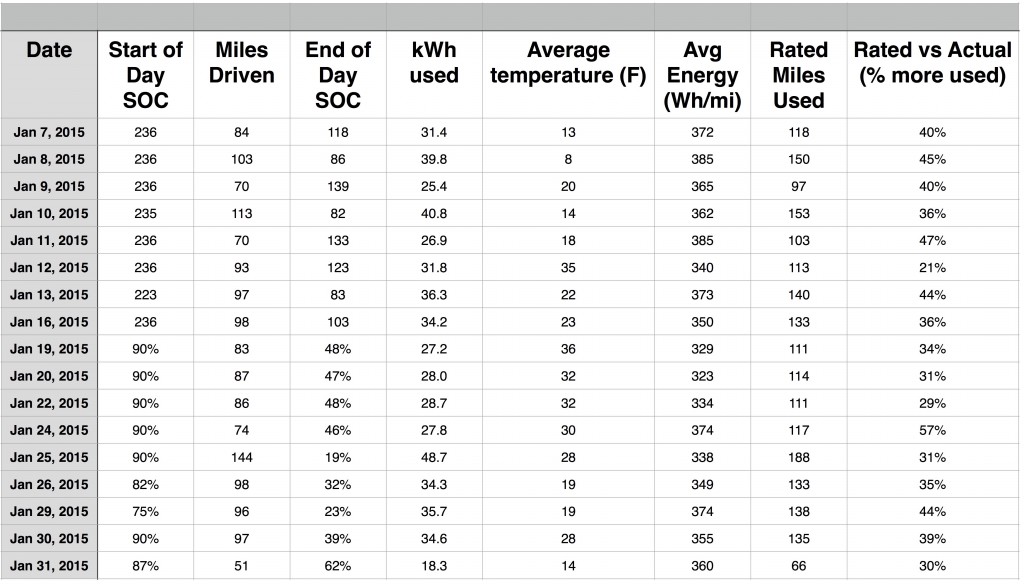
Comparing the Tesla Model S rated range display versus the actual rated miles used during winter weather conditions. Results indicate an increase of 21% to as high as a 57% in energy consumption.
Results
Plotting the % of rated miles used / miles driven against temperature lets us see the correlation between outside temperature and battery range.
Here you can generally see a trend towards improved efficiency as outside temperature increases. There’s one big outlier which turns out to be a day when the roads were covered in snow and ice. Taking out that data point shows a better correlation between temperature and battery range.
Using a trend line we can see that the outlier at the 57% mark should have been closer to 32% had the roads been more clear. Driving through snow and ice conditions affected the range by an extra 25%.
The data point at the 30% mark during 14 degree is a result of me pre-warming the Model S while it was still plugged in. Warming your car up from shore power prior to taking a trip improves your efficiency.
Summary
Using the data above and a calculated trend line I came up with the table below. This table is showing the actual maximum range I’d expect to get out of a 85kW battery pack which has a rated range of 265 miles:
This analysis is based on data I collected on my car over the course of one month and during a variety of winter conditions. I found it really eye opening to see the rated range of my Model S go from 265 to a real world average of 143 miles during the winter (90% charge, 40% range degradation). For the 60kW model this would be 112 miles.
Fortunately Tesla appears to be placing Superchargers closer together which will help alleviate any issue with running out of range because of winter weather conditions.
How do you best prepare for winter driving in your Tesla Model S?
- Expect to use (on average) 40% more power during the winter.
- Expect to lose about 10 miles of real range for every 10 degree drop.
- If the roads aren’t dry expect to lose up to 25% more range.
- Plan your charging and driving accordingly — don’t cut it close.
I hope this information has helped you understand the effects of winter on the Tesla Model S. If you have your own data, observations or questions to share, we’d love to hear them so leave us a note at the bottom of the page.
News
Tesla bolsters Referral Program with big change and bigger rewards
The Tesla Referral Program offers benefits to both car buyers and existing Tesla owners, including complimentary Full Self-Driving trials, free Supercharging miles, and discounts on select purchases, such as cars.
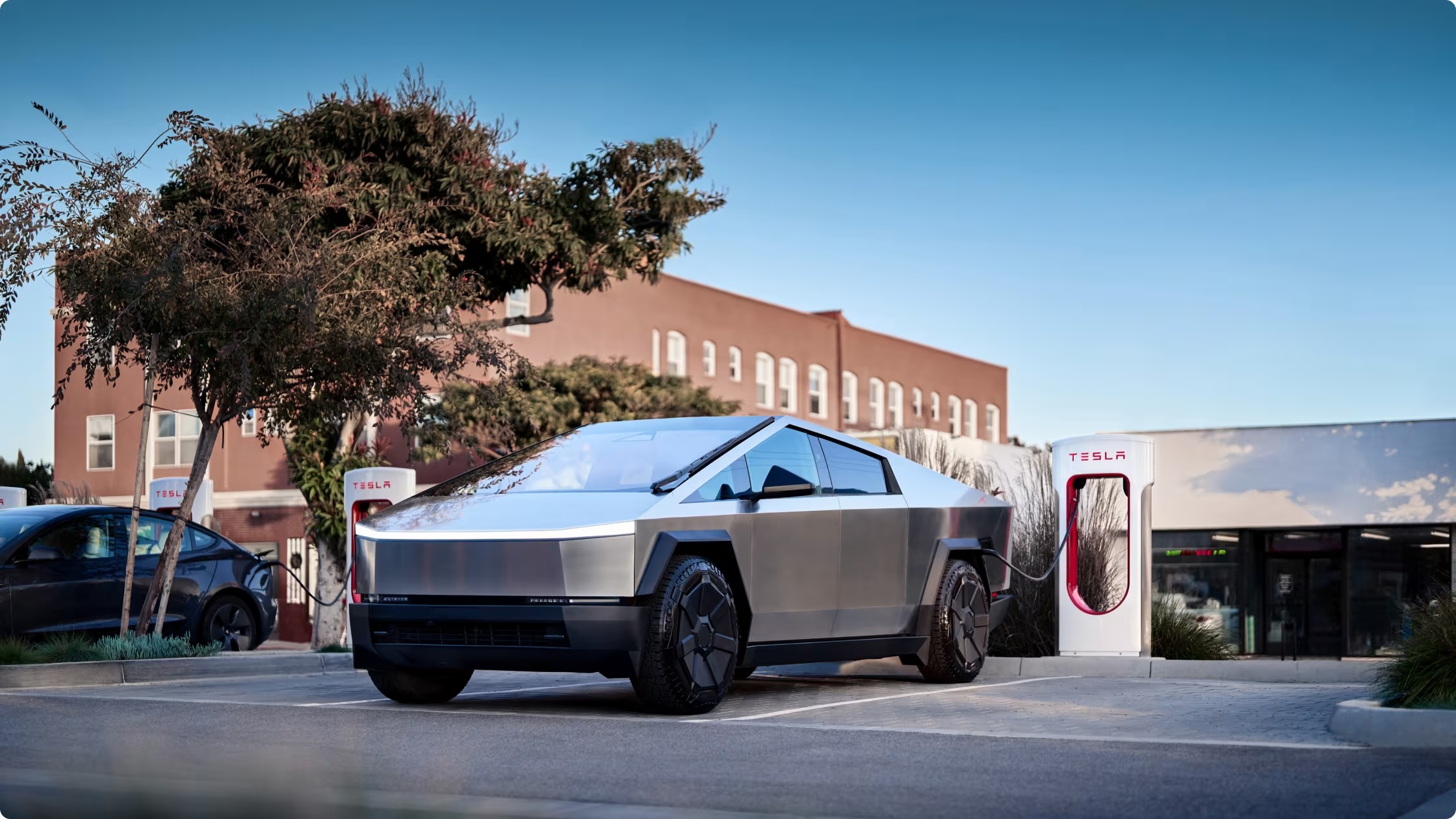
Tesla has bolstered its Referral Program by offering more significant benefits for both the referrer and the referee. However, it only applies to certain vehicles in the Tesla lineup.
The Tesla Referral Program offers benefits to both car buyers and existing Tesla owners, including complimentary Full Self-Driving trials, free Supercharging miles, and discounts on select purchases, such as cars.
It changes relatively frequently, and is a great way to encourage people to buy a new car. Tesla is routinely making adjustments to it to stimulate demand, but the referral program likely does not encourage too many sales. Instead, it’s more of a reward for the referrer.
However, the latest adjustments are more substantial for both the buyer and the owner, offering pretty sizeable discounts on the purchase price of a Model S, Model X, or Cybertruck.
There are also discounts for current owners, giving them money off of all five Tesla vehicles.
Here’s the rundown of the new Referral Program awards:
- You’ll earn $250 in Tesla Credits for each person you refer who takes delivery of a new Tesla
- The first 10 people who order a new Model S, Model X, or Cybertruck using your referral link and take delivery will receive $1,000 off their purchase
- When you purchase a new Model S, Model X, or Cybertruck for yourself, you’ll get $1,000 off
- When you purchase a new Model 3 or Model Y, you’ll get $500 off
- Limited to 10 awards
Tesla changed the referral program slightly for those using your code! pic.twitter.com/JBFzKlxsJg
— David Lescatre Jr (@DavidLescatreJr) September 21, 2025
This is a pretty big discount as $1,000 off a Model S, Model X, or Cybertruck is a nice benefit to three of Tesla’s most expensive vehicles.
The additional $500 off a Model 3 or Model Y is also a nice cushion. A similar Referral Program was launched by Tesla last August.
News
Tesla adjusts ‘Actually Smart Summon’ to avoid one common complaint
Tesla is adjusting Summon Standby’s settings slightly to combat the loss of battery life some owners might see with the feature active.
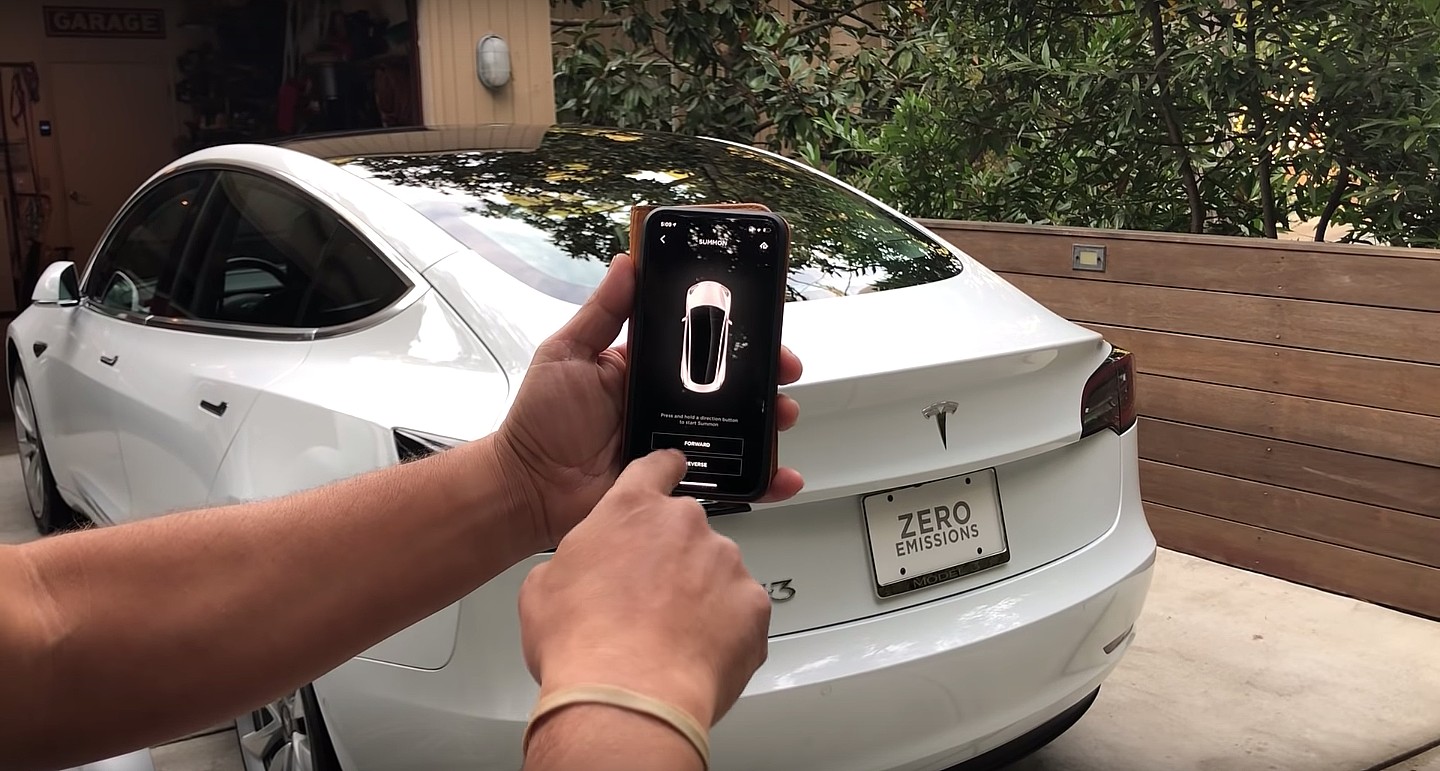
Tesla has adjusted one portion of its “Actually Smart Summon” (ASS) feature to address a common complaint from owners: battery drain.
Teslas have a lot of really awesome features that make them one of the most technologically advanced vehicle models on the market. Things like Sentry Mode, Cabin Overheat Protection, and ASS’s “Summon Standby” features all keep the car on its toes for anything that comes its way.
Tesla finally launches Actually Smart Summon and Dumb Summon
However, the activation of these features contributes to battery drain while the vehicle sits parked. The amount varies, but I personally have lost up to five percent with some of these features active. That’s a lot if you do not utilize home charging.
Tesla is doing what it can to combat the battery drain with each of these features. It has done so with Sentry Mode, as an update last year helped combat battery percentage loss due to the activation of the security feature.
It also recently introduced “Low Power Mode,” which will automatically deactivate some features if your battery falls below 20 percent. This is a great way to combat battery loss if your car is parked somewhere long-term, like an airport, for example.
There is also another feature that is attached to ASS called “Summon Standby.” This keeps the vehicle awake in case the owner needs quick connectivity to the vehicle, allowing them to summon the car to their location swiftly.
But there’s a drawback: keeping this feature activated will drain the battery. By default, the feature is activated when you take your car home, so you have to turn it off manually by accessing the settings menu inside the vehicle.
Turning this off would save you between 2% and 3% overnight, in my experience. With ASS still being a feature that needs some work, I chose to turn Summon Standby off. ASS will still work with the standby mode deactivated; it will just take a few more seconds for your phone to connect to the vehicle.
Tesla is adjusting Summon Standby’s settings slightly to combat the loss of battery life some owners might see with the feature active.
According to Not a Tesla App, Tesla has rolled out two conditions for which Summon Standby will be deactivated automatically:
Overnight Deactivation
Summon Standby will automatically be deactivated from midnight to 6 a.m. every night, which appears to be a data-driven decision made by Tesla based on the feature’s least-used hours.
This automatic pause cannot be turned off, at least for the time being.
Extended Parking Deactivation
If your Tesla is parked for over 24 hours, Summon Standby will also be deactivated automatically.
This is a great way to save battery life for those who are on vacation or are at home for several days in a row. This works similarly to the Low-Power Mode we talked about earlier in this article.
Elon Musk
Neuralink is planning to launch US trials translating thoughts into text
The trial could help pave the way for people with speech impairments to communicate more quickly and efficiently.

Neuralink, Elon Musk’s brain-computer interface company, is reportedly planning to start a US clinical trial in October to use its technology to translate thoughts directly into text.
The trial was approved by the FDA under an investigational device exemption, and it could help pave the way for people with speech impairments to communicate more quickly and efficiently.
Thought-to-text technology
The upcoming trial aims to read speech directly from the brain, enabling participants to transmit words without moving their mouths or using a keyboard, as noted in a report from Bloomberg News.
DJ Seo, Neuralink’s president, told an audience at the Korea Foundation for Advanced Studies in Seoul that the company hopes to demonstrate communication with large language model AI platforms “at the speed of thought,” potentially faster than spoken speech.
“We think that it’s actually possible to demonstrate abilities to speak to the latest AI model, or LLM models, at the speed of thought, even faster than how you’re speaking, and being able to potentially get that information back through your AirPods, effectively closing the loop,” Seo stated.
Production ambitions
Ultimately, Seo described the trial as a stepping stone toward broader human enhancement and consumer-facing applications, beyond the company’s initial focus on medical conditions like ALS, stroke, blindness, and Parkinson’s disease.
While initial implants will focus on patients with severe speech impairments, Neuralink plans to eventually expand to healthy individuals by 2030. The company aims to scale to 20,000 implants per year by 2031.
“We’re currently envisioning a world where, in about 3 to 4 years, there will be someone who’s otherwise healthy who’s going to get a Neuralink. If you’re imagining saying something, we would be able to pick that up,” the executive noted.
-
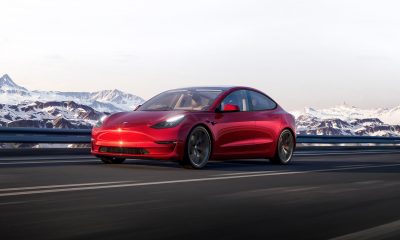
 News2 weeks ago
News2 weeks agoTesla is improving this critical feature in older vehicles
-
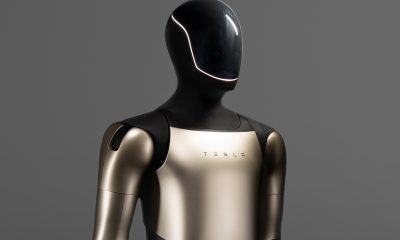
 Elon Musk2 weeks ago
Elon Musk2 weeks agoElon Musk confirms Tesla has never shown Optimus V3 design yet
-
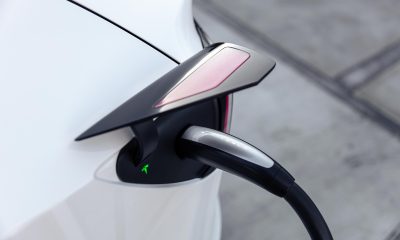
 News2 weeks ago
News2 weeks agoTesla launches MultiPass to simplify charging at non-Tesla stations
-
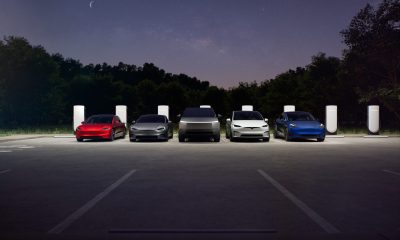
 News2 weeks ago
News2 weeks agoTesla is bailing out Canadian automakers once again: here’s how
-
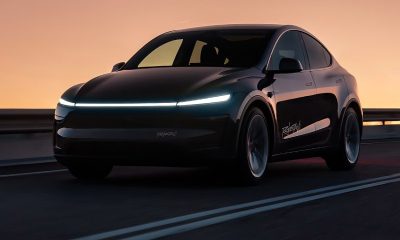
 News2 weeks ago
News2 weeks agoTesla lands regulatory green light for Robotaxi testing in new state
-
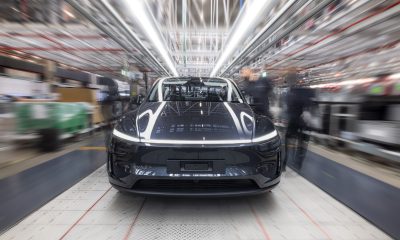
 Investor's Corner2 weeks ago
Investor's Corner2 weeks agoTesla bear turns bullish for two reasons as stock continues boost
-

 Elon Musk2 weeks ago
Elon Musk2 weeks agoStarlink’s EchoStar spectrum deal could bring 5G coverage anywhere
-
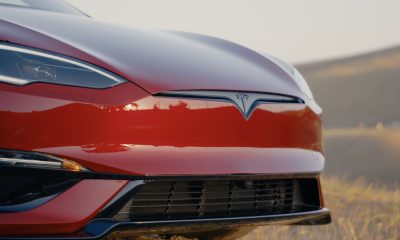
 News2 weeks ago
News2 weeks agoThis signature Tesla feature is facing a ban in one of its biggest markets

